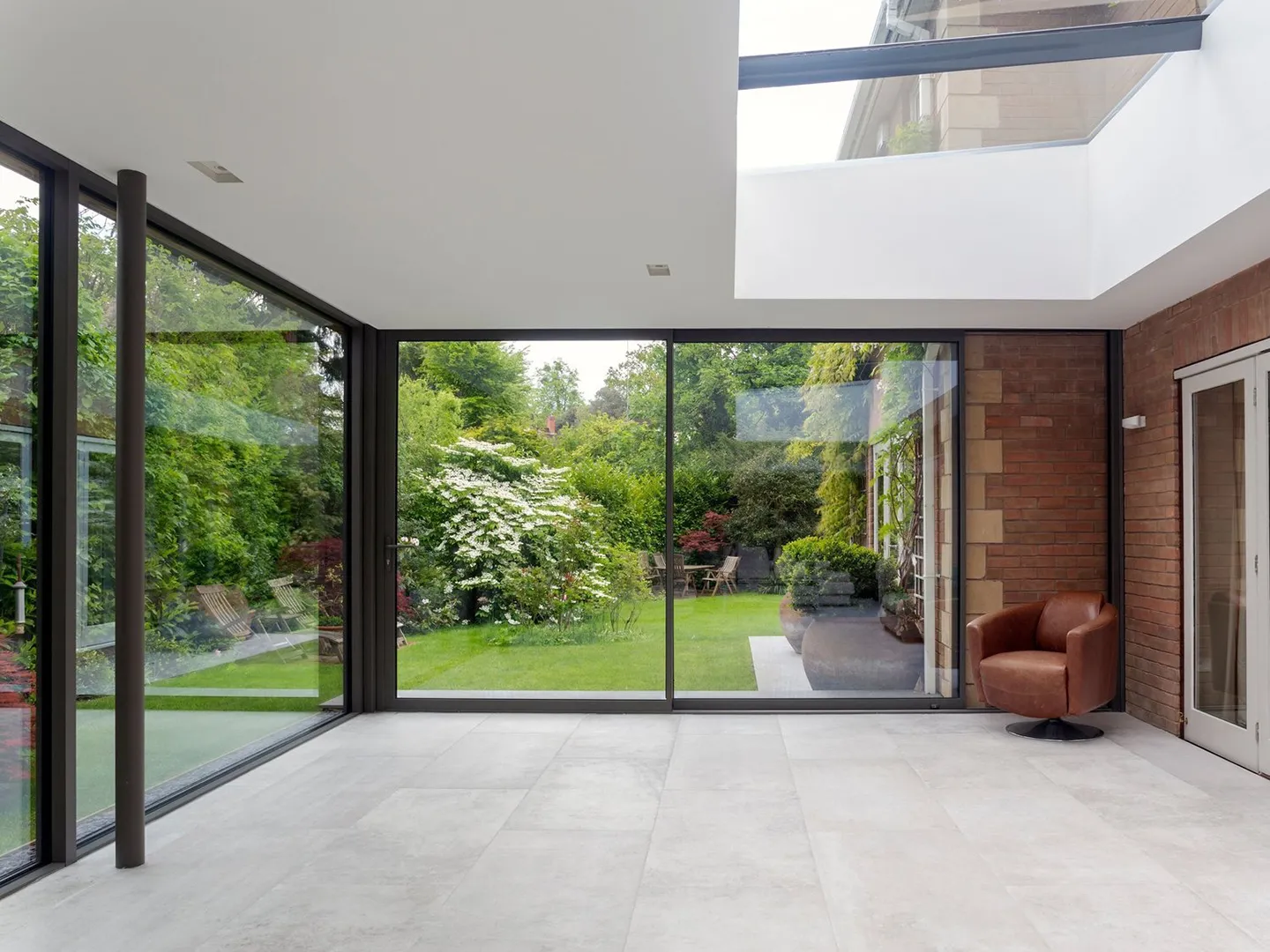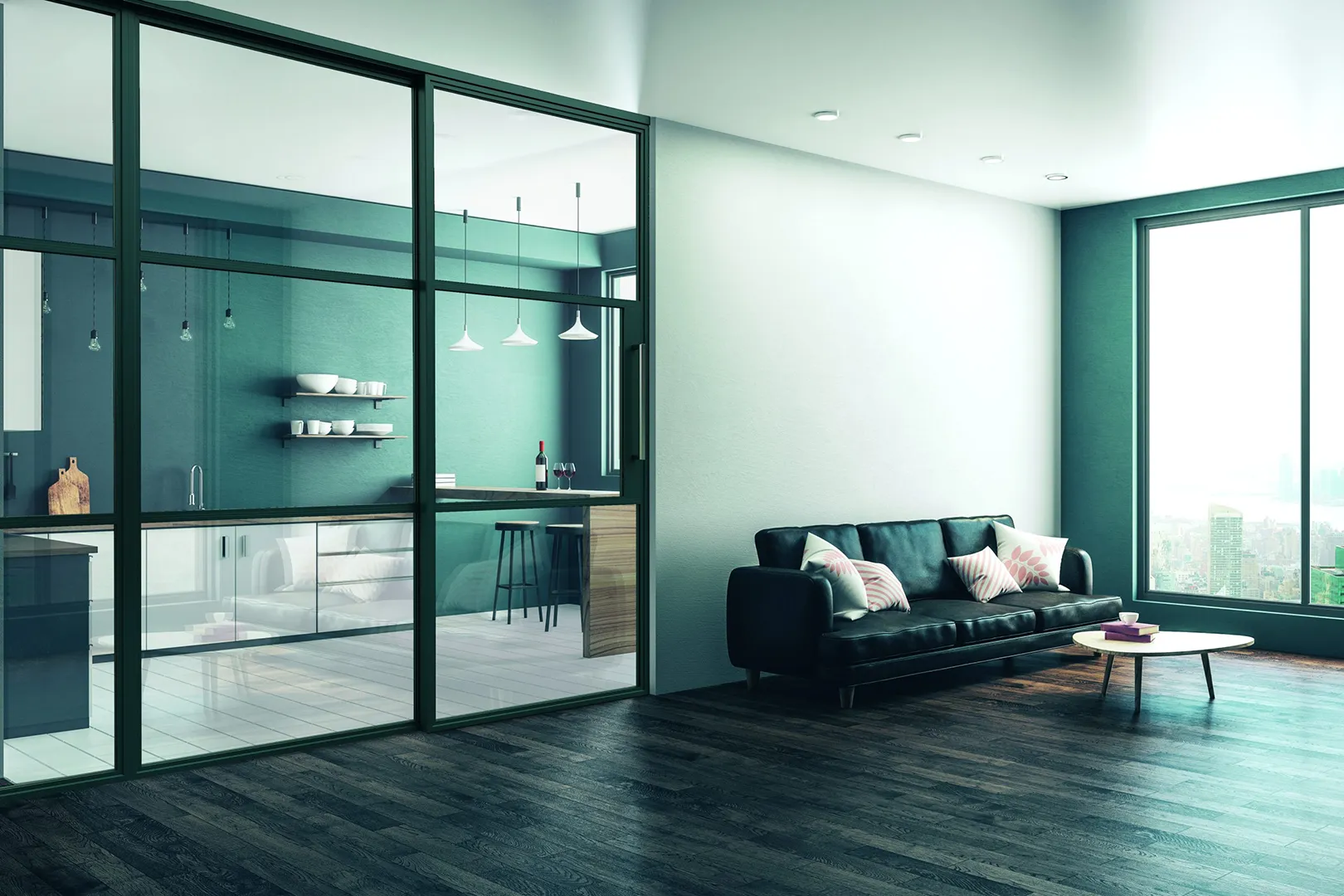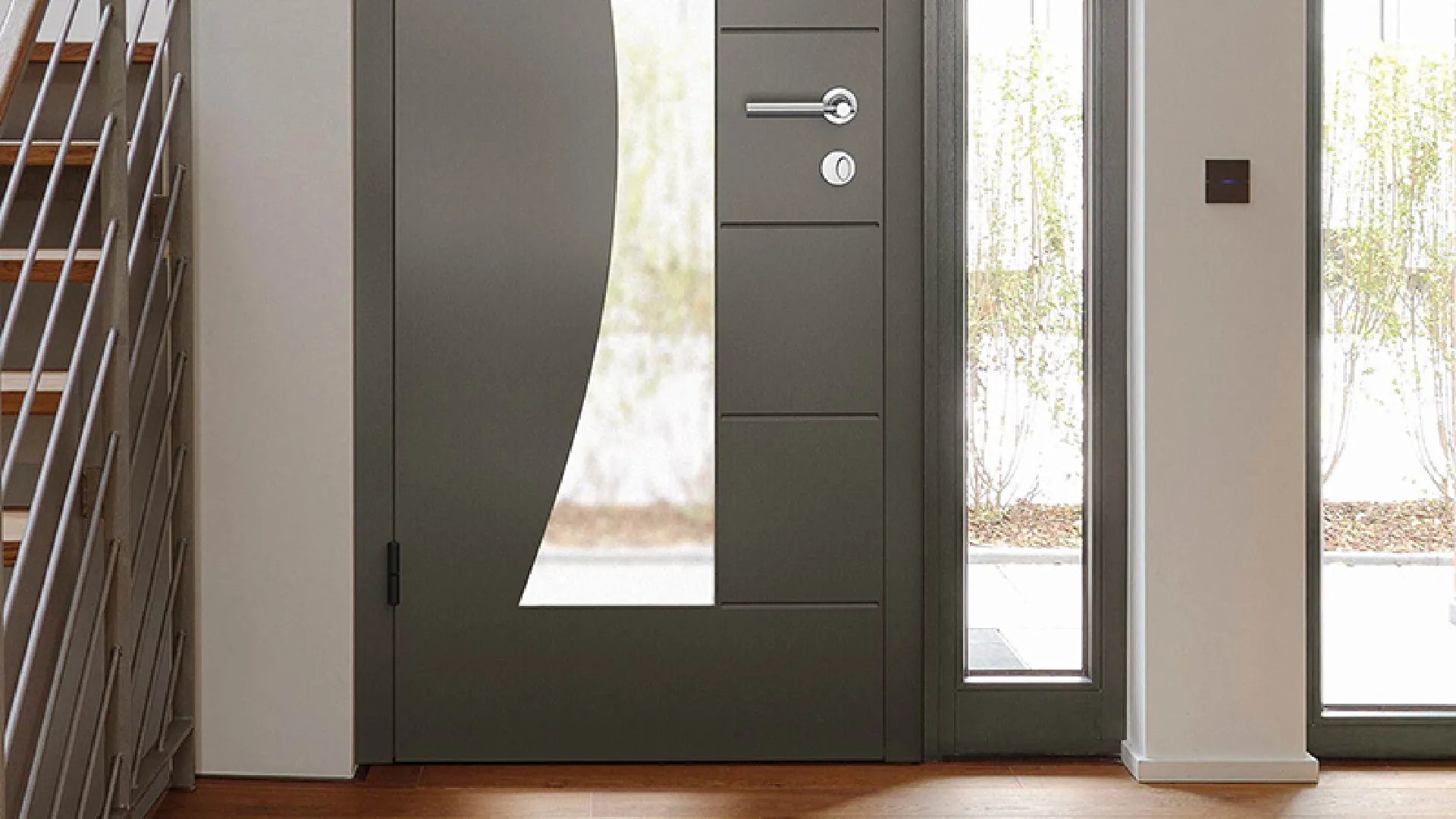You already know how important it is to have a clear understanding of the technical details behind the products you install. It’s essential to know exactly what you’re working with and how each system performs on-site.
As an installer or industry professional, you’re familiar with concepts like thermal efficiency and how they relate to the windows and doors you work with every day.
But, just as important as understanding these details is being able to explain them to customers in a way that’s clear and accessible, without overwhelming them with jargon.
In this blog, we’ll explore practical ways to talk to homeowners about energy-efficient windows and doors and explain what makes these systems so effective at keeping their spaces warm, comfortable, and cost-efficient.
What Thermal Efficiency Means in Modern Windows and Doors
Thermal efficiency refers to how well a window or door system can retain heat within a building. The more thermally efficient the product, the less energy is lost through the frame and glass, which helps maintain a consistent indoor temperature and reduces heating costs.
A typical way to measure thermal efficiency is by looking at U-values. A U-value shows how much heat passes through a material – the lower the number, the better the insulation. For windows and doors, U-values are calculated based on both the glass and the frame. In general, a window with a U-value of 1.4 W/m²K or lower is considered energy efficient under current UK building regulations.
One of the most effective ways to improve thermal efficiency is by using double-glazed or triple-glazed units. Double glazing includes two panes of glass with a gap between them, often filled with argon gas. This trapped gas acts as an insulating barrier, helping slow down heat transfer. Triple glazing adds a third pane and another gas-filled gap, offering even better insulation, particularly in colder climates or exposed locations.
Alongside U-values, factors like warm-edge spacer bars, low-emissivity (Low-E) coatings, and the quality of the glazing seal all play a role in thermal performance. When combined correctly, these features help create windows and doors that are not only more efficient, but also more comfortable and cost-effective for the homeowner.
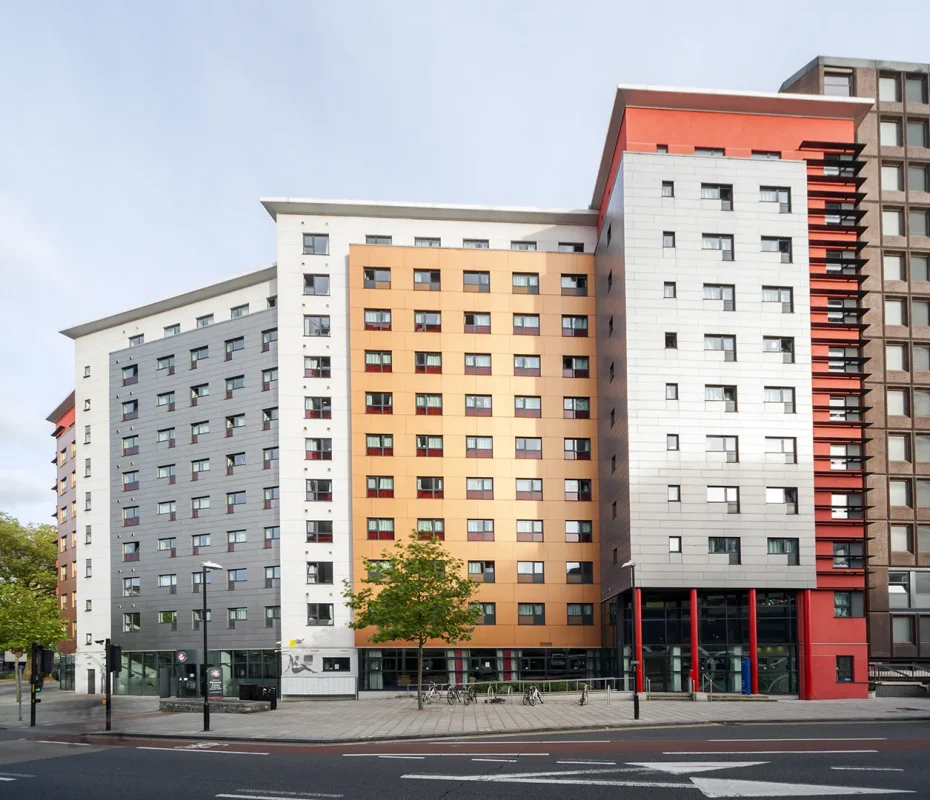
How BDC’s Thermally Broken Aluminium Systems Improve Window and Door Efficiency
BDC Aluminium offers a wide range of aluminium windows and doors that are built with thermally broken profiles, a key feature of aluminium systems that helps improve energy efficiency without compromising style or strength.
A thermal break is a barrier of insulating material placed between the inner and outer sections of an aluminium frame. This reduces the amount of heat that can pass through the metal, helping the window or door retain warmth inside the home. For customers, that means a more comfortable living space and potential savings on energy bills.
Systems like the Smart Alitherm 400 and 600 ranges, fabricated by BDC in collaboration with Smart Systems, are designed with these thermal breaks built in. When paired with the right glazing, they can achieve U-values lower than 1.4 W/m²K, comfortably meeting current building regulations and energy efficiency targets.
Because BDC frames support a variety of glass options, including double and triple glazing, you can tailor the level of performance to the customer’s needs, whether they’re focused on warmth, acoustic comfort or long-term value.
Talking Points Installers Can Use On-Site to Explain Aluminium Window and Door Efficiency
When speaking to clients on-site, it’s important to keep explanations clear, simple and relevant to their concerns. Focus on real-world benefits rather than technical specs.
Instead of diving into U-values, explain that energy-efficient and thermally broken aluminium windows and doors help reduce heat loss, making rooms feel warmer in winter and cooler in summer. Compare thermal breaks in the frame to insulation in a wall, an invisible layer that keeps the temperature stable indoors.
For glazing, highlight the role of double or triple glazing in cutting down drafts and noise. You can mention that gas-filled units and Low-E coatings help maintain consistent temperatures, improving comfort and lowering energy bills.
If you’re installing BDC Aluminium systems, remind them that the products are designed to meet modern energy standards while still offering slim, stylish frames. Customers appreciate knowing their investment is both functional and future-proof.
The key is to match your talking points to what matters most to that customer, whether that’s comfort, savings, noise reduction or appearance.
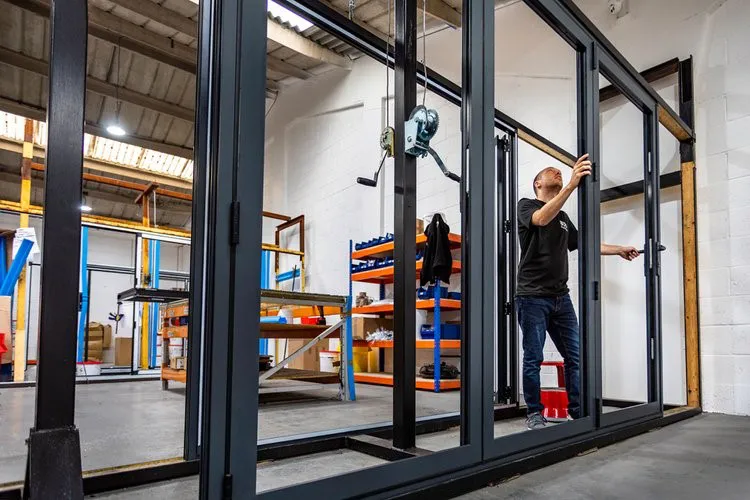
Looking for a Commercial Partner?
Ready to talk about your next project? Give us a call on 01245 474747 to speak with one of our experts or click here to fill out a contact form. We’re here to help with advice, quotes and product guidance.
